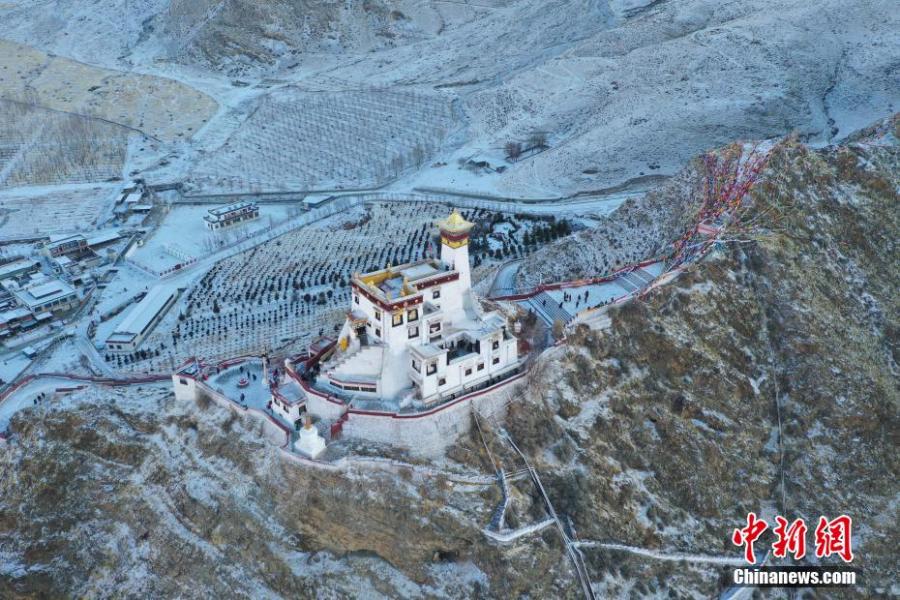
An aerial view of the ancient palace Yumbu Lakhang in Shannan City, southwest China's Tibet Autonomous Region. Yumbu Lakhang was built atop a small hill in the 2nd century BC and believed to be the oldest palace in Tibet. The palace was named after the shape of the mountain it was built on and listed as a regional-level cultural relic in Tibet in 1962. (Photo/China News Serive)
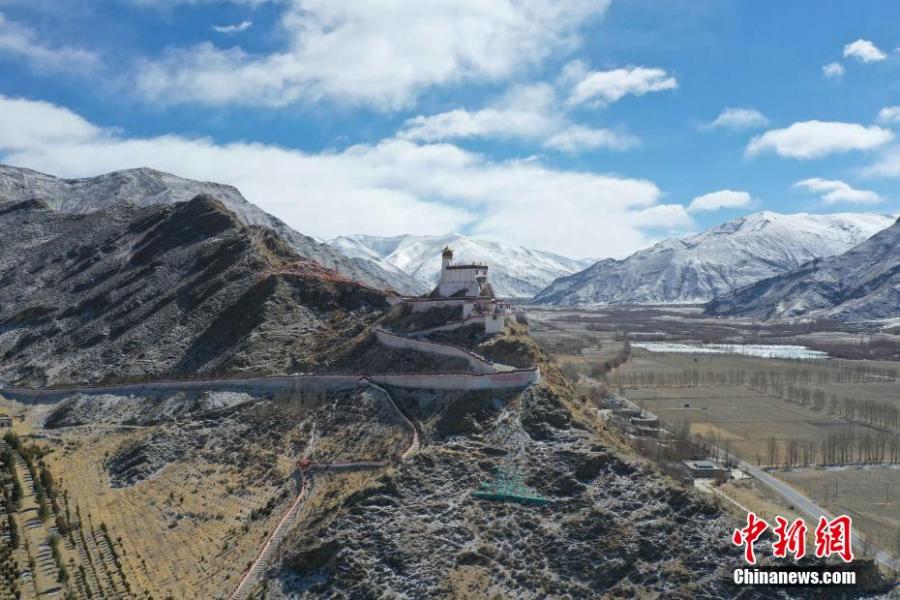
An aerial view of the ancient palace Yumbu Lakhang in Shannan City, southwest China's Tibet Autonomous Region. Yumbu Lakhang was built atop a small hill in the 2nd century BC and believed to be the oldest palace in Tibet. The palace was named after the shape of the mountain it was built on and listed as a regional-level cultural relic in Tibet in 1962. (Photo/China News Serive)

An aerial view of the ancient palace Yumbu Lakhang in Shannan City, southwest China's Tibet Autonomous Region. Yumbu Lakhang was built atop a small hill in the 2nd century BC and believed to be the oldest palace in Tibet. The palace was named after the shape of the mountain it was built on and listed as a regional-level cultural relic in Tibet in 1962. (Photo/China News Serive)
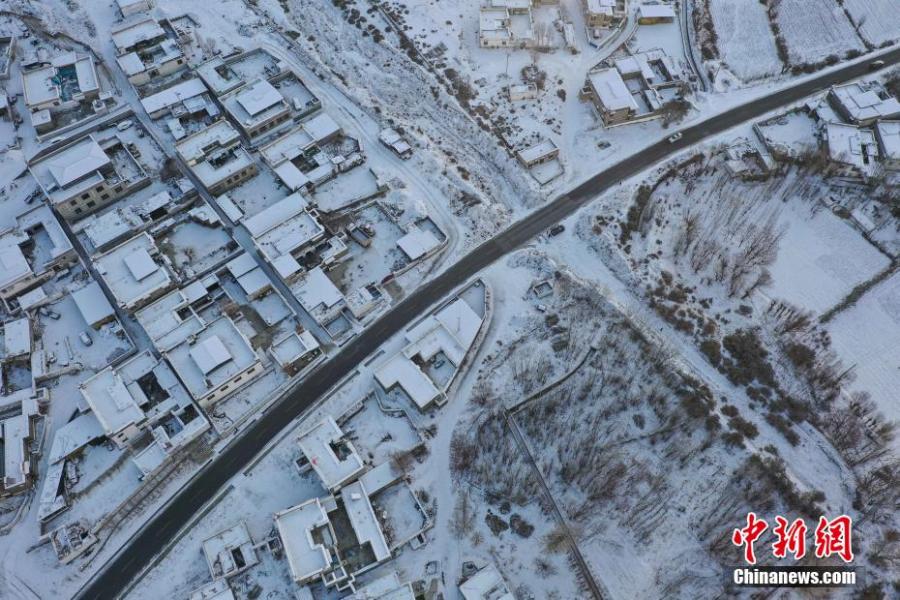
An aerial view of the ancient palace Yumbu Lakhang in Shannan City, southwest China's Tibet Autonomous Region. Yumbu Lakhang was built atop a small hill in the 2nd century BC and believed to be the oldest palace in Tibet. The palace was named after the shape of the mountain it was built on and listed as a regional-level cultural relic in Tibet in 1962. (Photo/China News Serive)
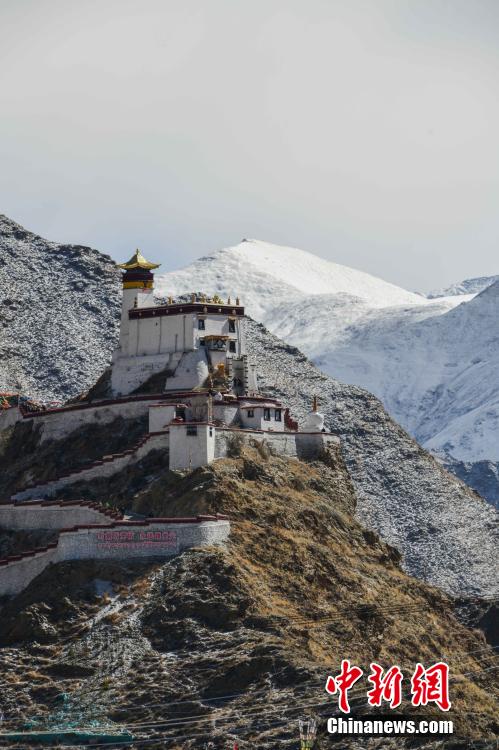
An aerial view of the ancient palace Yumbu Lakhang in Shannan City, southwest China's Tibet Autonomous Region. Yumbu Lakhang was built atop a small hill in the 2nd century BC and believed to be the oldest palace in Tibet. The palace was named after the shape of the mountain it was built on and listed as a regional-level cultural relic in Tibet in 1962. (Photo/China News Serive)










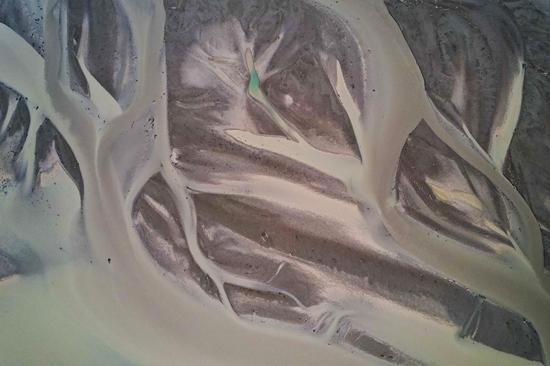












 京公网安备 11010202009201号
京公网安备 11010202009201号